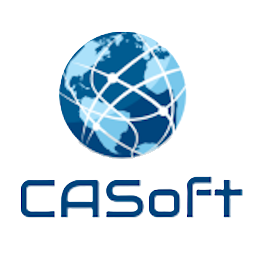The original and fundamental philosophy of UML is to be unambiguous and understandable by most, without requiring an in-depth knowledge of a complex semantic.This philosophy…
What do you know about Processes? Dictionary definition: Processes are operational systems for supplying or realising products. Processes may include separate stages with clearly defined…
Years ago in the manufacturing industry, ERP solutions federated all the information in one place, in order to optimise processes and costs. The coming generation…
I organise several Initiation to UML courses, which include hands-on exercises, such as: These 3 courses are usually intended for Software Developers, Architects and System…
The Unified Modelling Language (UML) was published in 1995 as a merge of several older notations and approaches, including in particular OMT (Object Modelling Technique),…
Are you a Pointy Hair Manager? Think again… Look in a mirror.You run the risk of finding a Dilbert cartoon taped on your door some…
